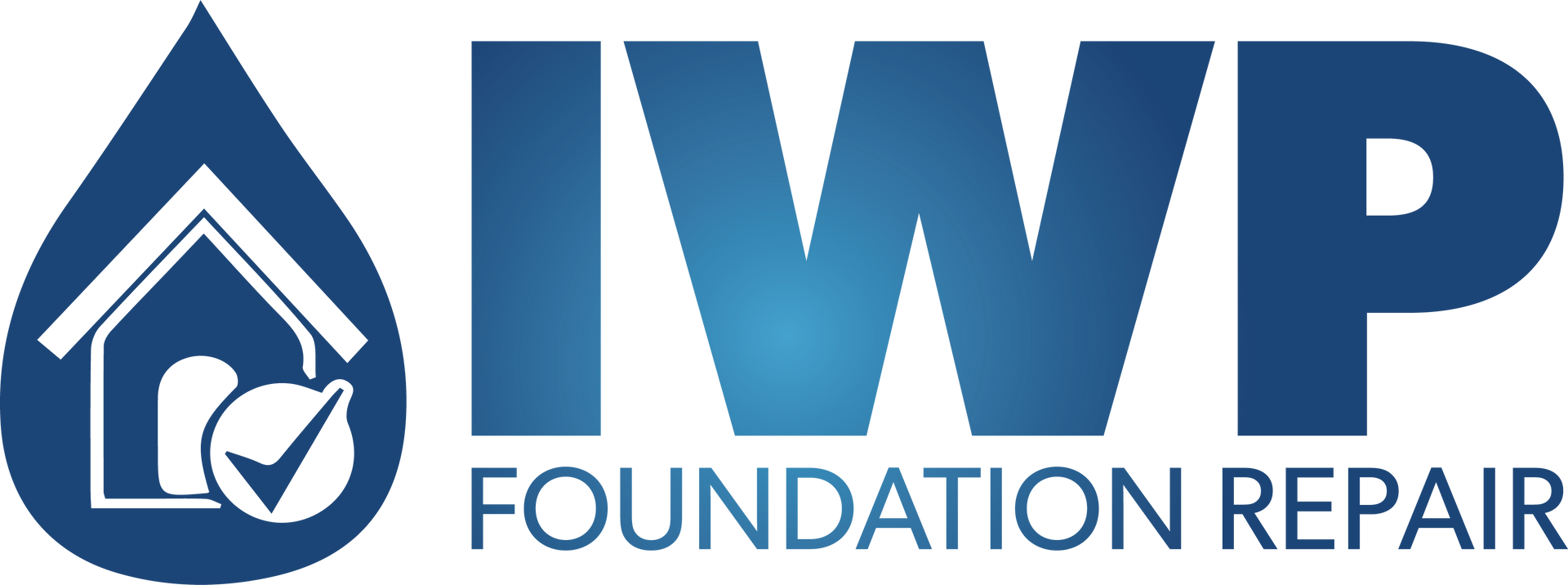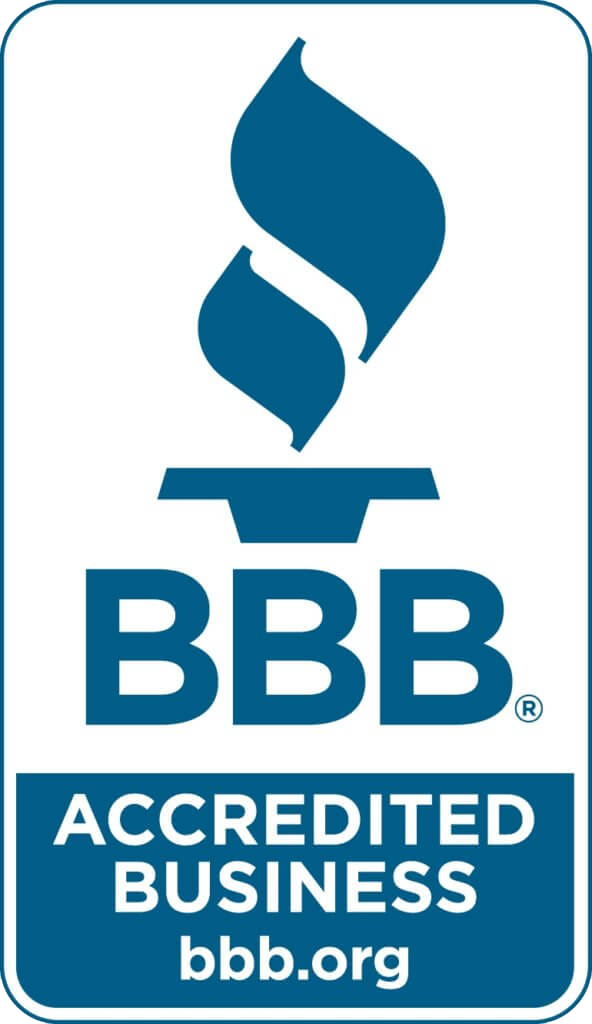Innovations in Residential Waterproofing
Innovations in Residential Waterproofing: Protecting Homes for the Future
Water damage poses a significant threat to the structural integrity and value of residential properties. With changing weather patterns and an increase focus on sustainable construction, the demand for advanced residential waterproofing solutions is higher than ever. In this article, we explore the latest innovations in residential waterproofing that not only protect homes from water-related issues but also contribute to the longevity and sustainability of structures.
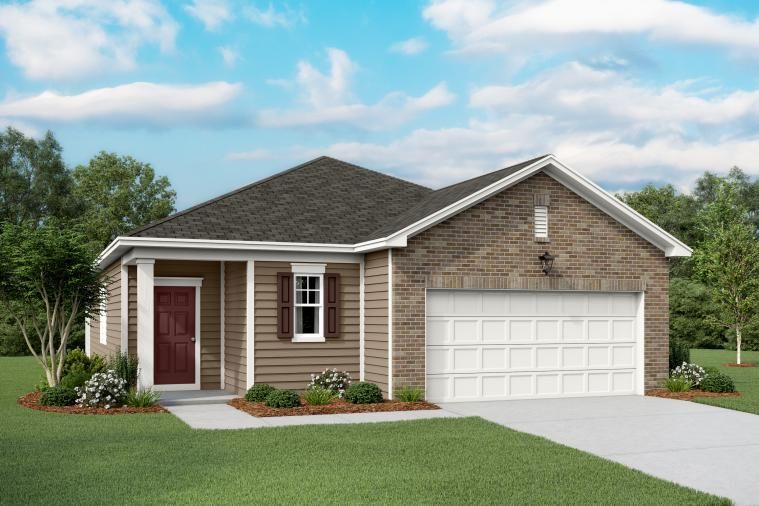
Liquid-Applied Membranes
Traditional waterproofing methods often involve membranes that are applied in sheets. However, liquid-applied membranes have emerged as a cutting-edge solution. These liquid formulations, often based on advanced polymers, are applied as a liquid and form a seamless, monolithic barrier upon curing. This eliminates the vulnerabilities associated with seams in traditional sheet membranes, providing superior protection against water intrusion.
The liquid application allows for easy customization, ensuring that every nook and cranny is covered, even in complex architectural designs. These membranes are highly flexible, adapting to the movement of the building without compromising their waterproofing capabilities.
Nano-Coatings for Surfaces
Nano-coatings represent another breakthrough in residential waterproofing. These coatings utilize nanotechnology to create a protective layer at the molecular level, rendering surfaces hydrophobic. Applied to various building materials such as concrete, wood, and masonry, nano-coatings create an invisible shield that repels water, preventing it from penetrating the structure.
One of the notable advantages of nano-coatings is their durability. They resist degradation from UV exposure and maintain their effectiveness for extended periods. This makes them an ideal choice for both new construction and retrofitting existing structures.
Green Roofs and Walls
Green roofs and walls are gaining popularity not only for their aesthetic appeal but also for their waterproofing benefits. These living systems involve the cultivation of vegetation on building surfaces, providing a natural barrier against water infiltration. The vegetation acts as a sponge, absorbing rainwater and reducing runoff.
In addition to their waterproofing properties, green roofs and walls contribute to environmental sustainability by improving insulation, reducing energy consumption, and promoting biodiversity. This dual functionality makes them an attractive option for homeowners looking to enhance both the performance and eco-friendliness of their residences.
Advantage Drainage Systems
The era of smart homes has extended its reach to waterproofing solutions. Smart technologies now offer homeowners the ability to monitor and control their waterproofing systems remotely. Sensors placed in critical areas can detect changes in moisture levels, alerting homeowners to potential issues before they become major problems.
Smart waterproofing systems may also include automated pumps and valves that respond to real-time data, actively managing water flow and preventing flooding. These intelligent solutions not only enhance the effectiveness of waterproofing but also provide homeowners with peace of mind through constant monitoring and control.
As the need for effective waterproofing solutions continues to grow, innovations in materials and technologies are reshaping the landscape of residential construction. Liquid-applied membranes, nano-coatings, green roofs, advanced drainage systems, and smart technologies are ushering a new era of protection for homes against water-related challenges. Embracing these advancements not only safeguards residential properties but also contributes to sustainable and resilient building practices, ensuring that homes remain safe, dry, and durable for generations to come.
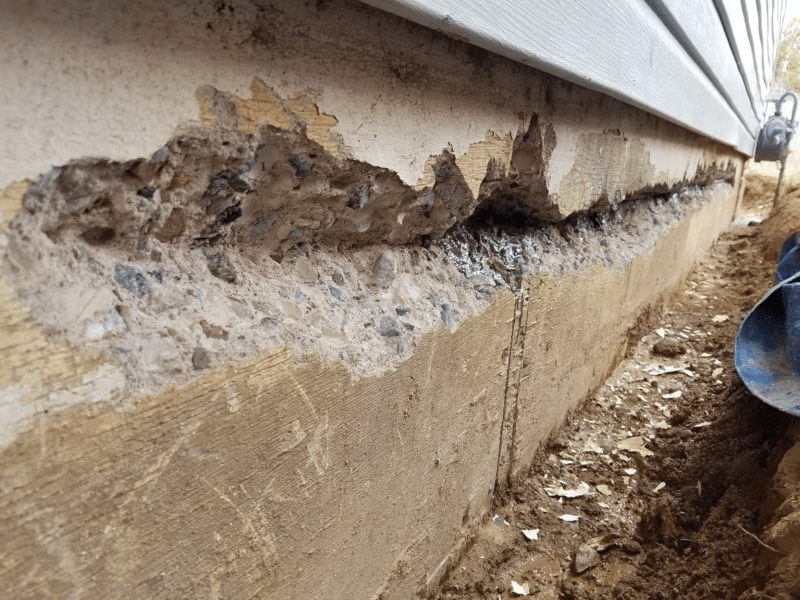





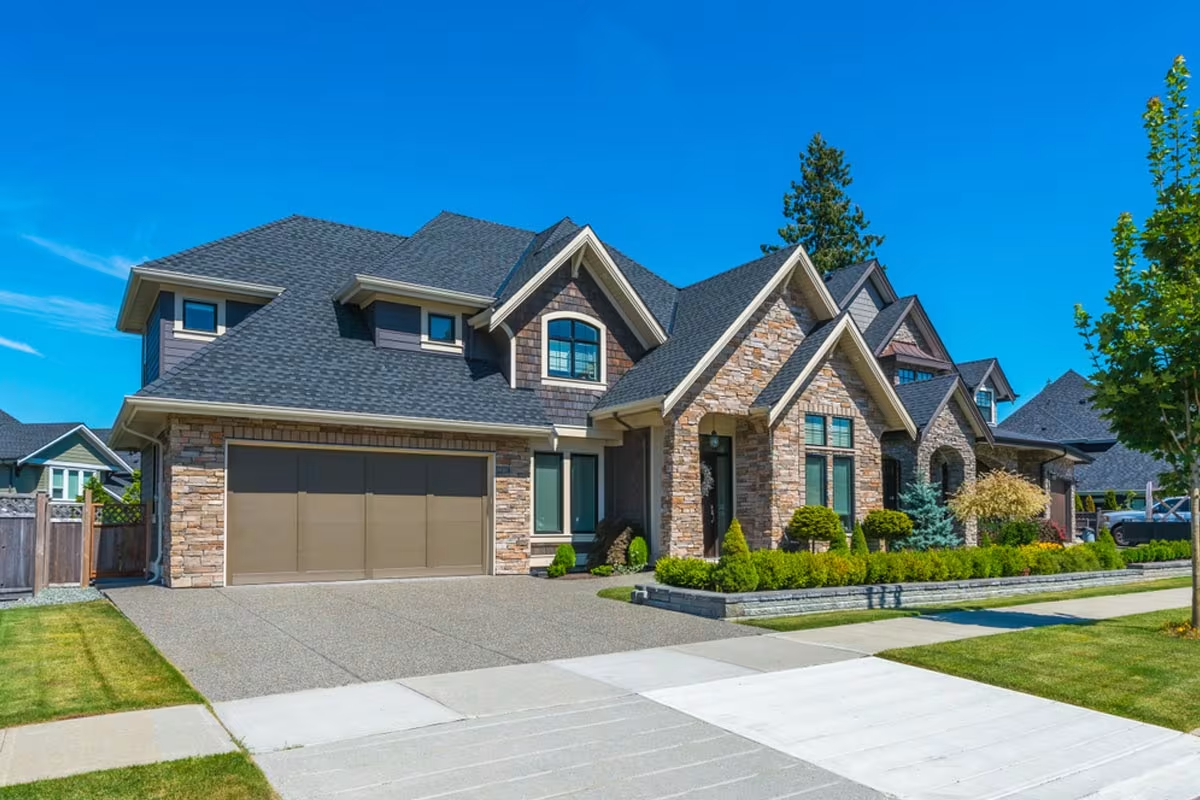



HAVE PEACE OF MIND WITH IWP FOUNDATION REPAIR
With over 30 years of combined experience in the business, you know that you can trust our team to get the job done right the first time. We value the customer experience, which is why we take the time to listen to your concerns, answer all your questions, and explain the best plan of action for your home. If you’ve noticed any foundation issues at all, no matter how minor they seem, you should call a professional. Our expert team is waiting for you, so call today for a free evaluation!
